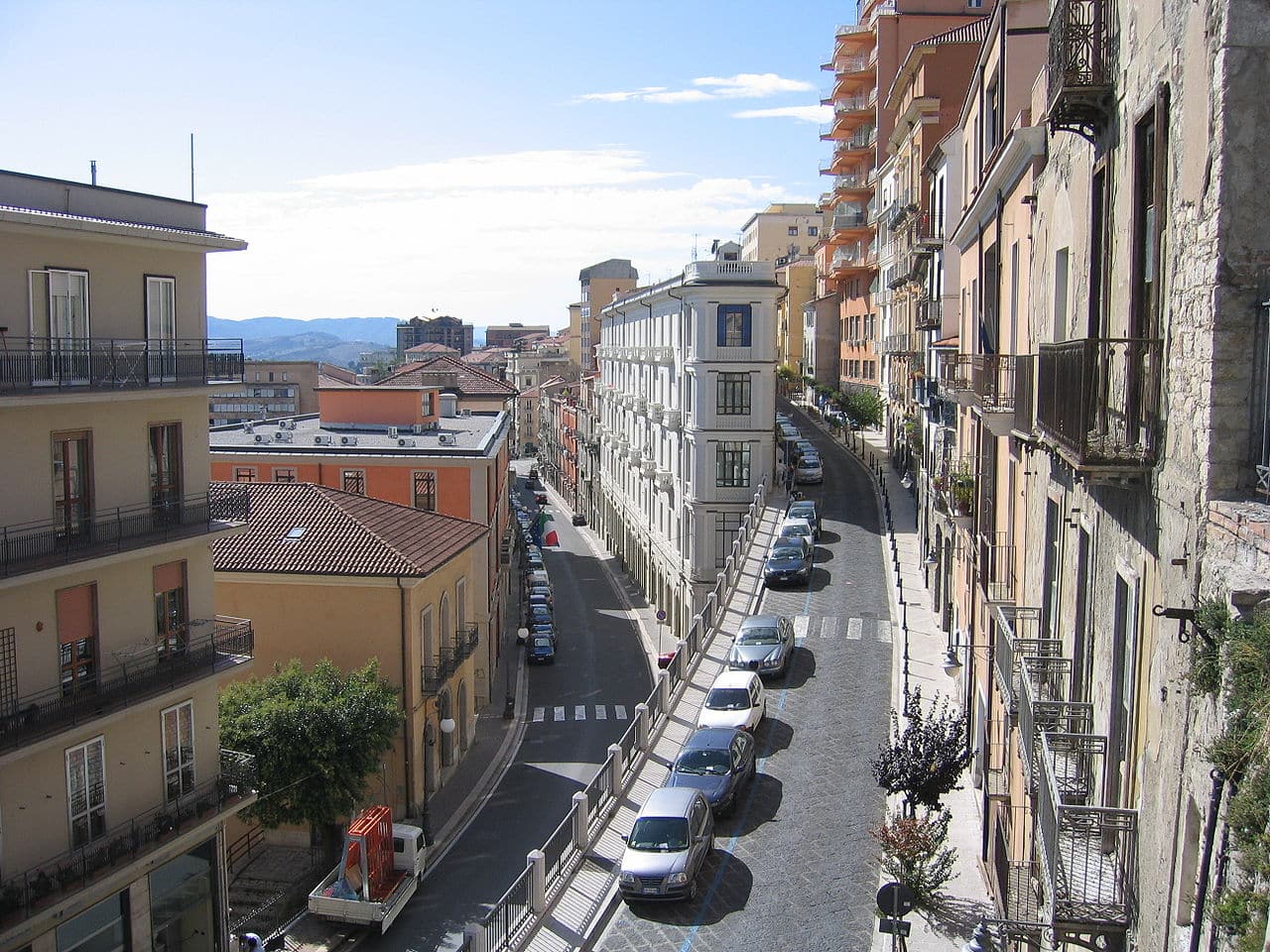
Potenza is the capital of the region of Basilicata, historically called Lucania, which is located in the south of Italy. It is at the foot of the Lucanian Apennines, which is why it is also known as "the Upright City" and "the City of a Hundred Stairs", due to the many that you will find in its streets.
Located in the central part of basento valley at more than eight hundred meters above sea level, it has almost seventy thousand inhabitants. But more important than this is its long history, since it was founded in the XNUMXnd century BC, and, above all, its monuments and beautiful surroundings. Of everything you can see in Potenza We are going to talk to you next.
The cathedral church of San Gerardo
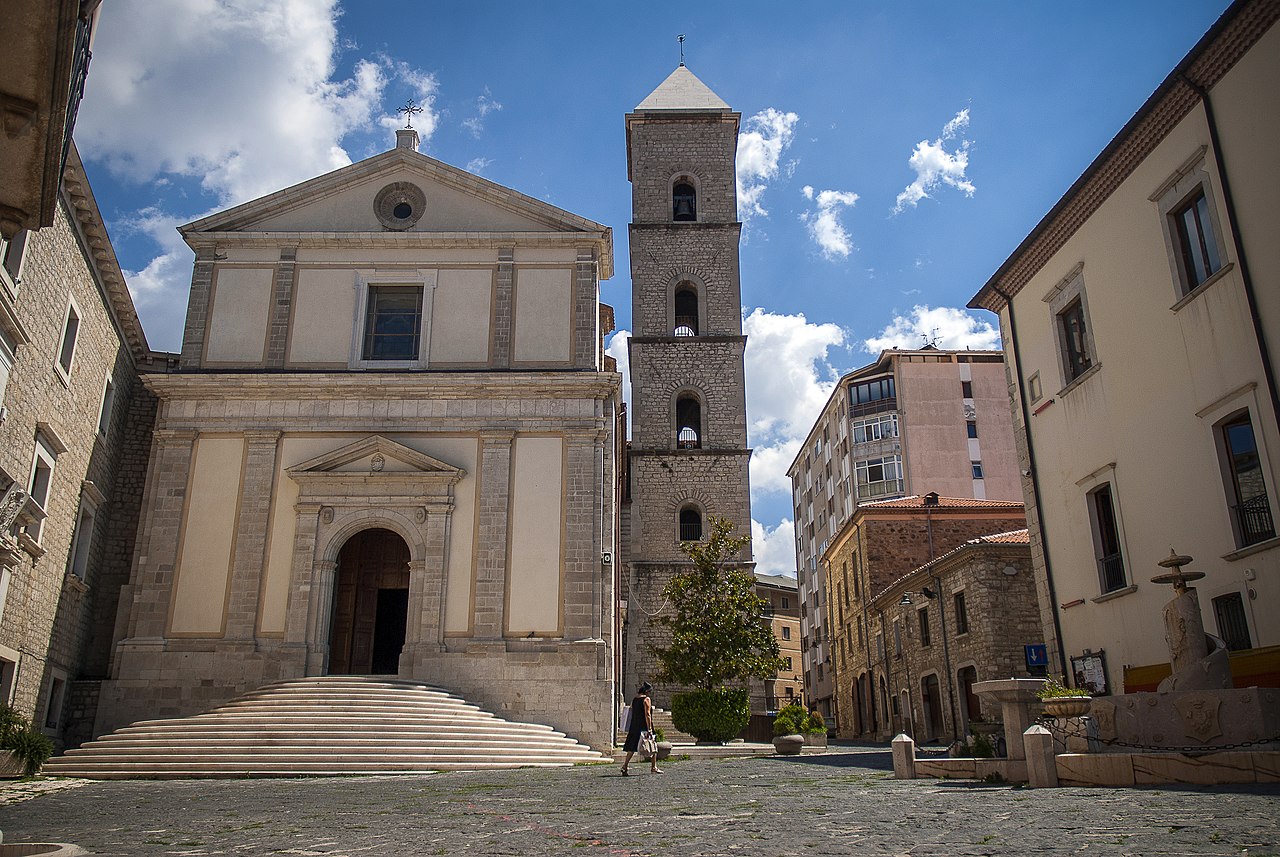
The cathedral of San Gerardo, in Potenza
Despite what we have just told you about the stairs, Potenza is a city that you can explore on foot. In fact, to save many heights you have them mechanical, so don't worry about them. On your way, you must go through the Via Pretoria and enjoy the Mario Pagano Square, meeting place for its inhabitants.
But, above all, we advise you to visit the St. Gerard's Cathedral, patron of the town. It is a temple built at the beginning of the XNUMXth century in the Romanesque style. However, it was later restored by Andrea Negri following the neoclassical canons.
For this reason, its forms are harmonious, with pediments on its main façade and a four-story tower. However, it still retains its original stone. Likewise, inside it houses a precious alabaster tabernacle from the XNUMXth century and the remains of the aforementioned Saint Gerard, kept in a sarcophagus from Roman times.
Other churches of Potenza
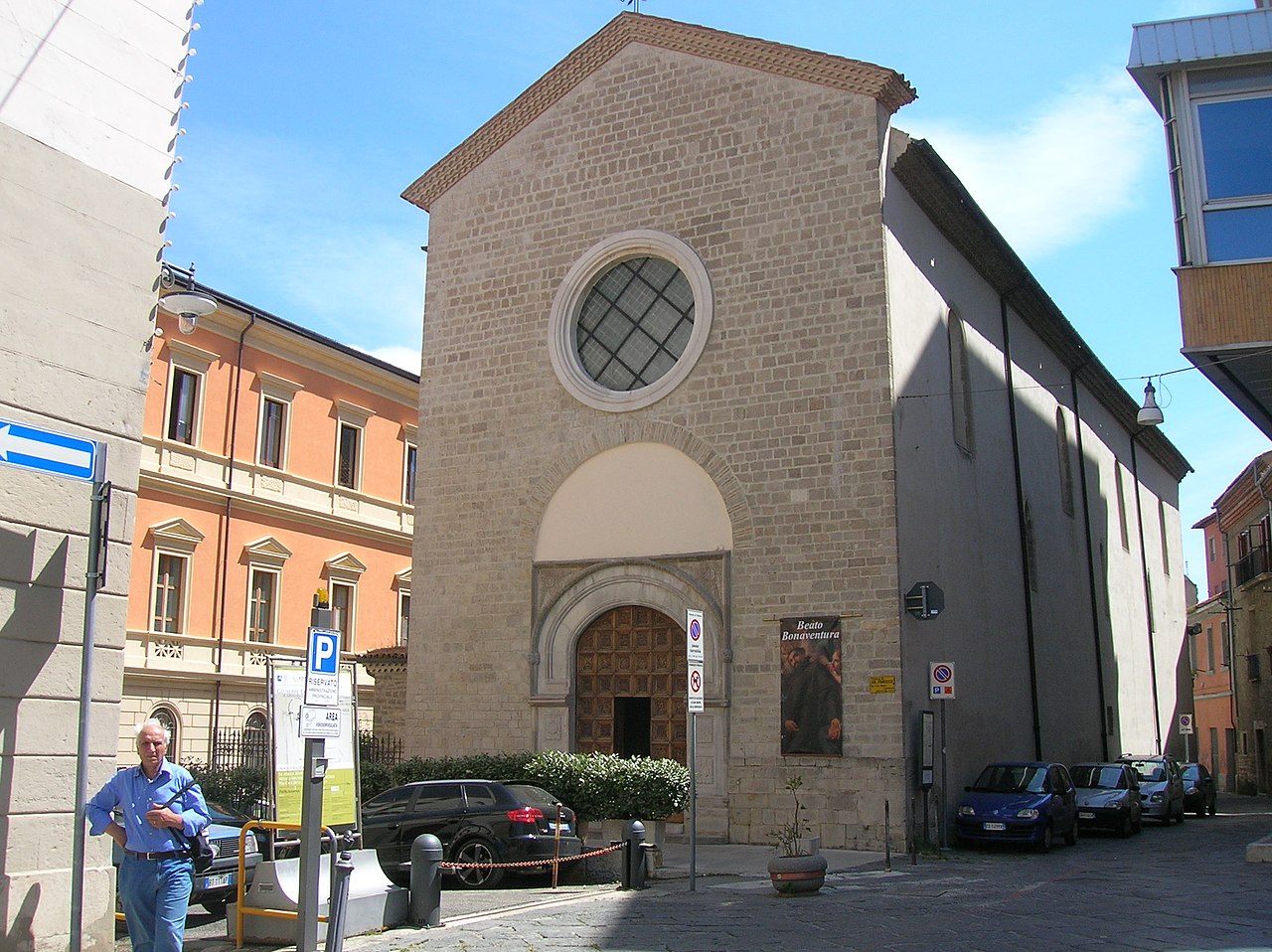
The church of San Francisco
Right at one end of Via Pretoria, you have the San Miguel Archangel temple, whose first testimonies date from the XNUMXth century, although it would have been built on top of a previous church from the XNUMXth century. It is also Romanesque in style and has a three-nave structure with a bell tower. Also, inside, you can see works of enormous value. Among them, a XNUMXth century crucifix and frescoes by painters such as Flemish Dirck Hendricksz.
For its part, the Church of the Holy Trinity It is located in Plaza Pagano, which we have also mentioned. Likewise, it is known of its existence as early as the XNUMXth century, although it had to be rebuilt in the XNUMXth century due to the damage it suffered from an earthquake. Smaller than the previous one, it has a single nave with side chapels. And, inside, the decorated apse and paintings from the XNUMXth and XNUMXth centuries stand out.
With regards to San Francisco church, stands out for its imposing wooden door and houses the marble mausoleum of Donato de Grassis as well as fresh from Pietrafesa. He temple of Santa Maria del Sepulcro It was built in the XNUMXth century by order of the Knights Templar and the one of San Rocco It is a beautiful church with neoclassical lines built in the XNUMXth century.
In short, they complete the religious heritage that you must visit in Potenza the temples of Santa Lucía, San Antonio or María Santísima Annunziatta de Loreto; the San Luca Monastery or the chapel of blessed Bonaventura. But we also have to talk to you about the civil monuments of the city of Basilicata.
The Guevara tower and other civil constructions
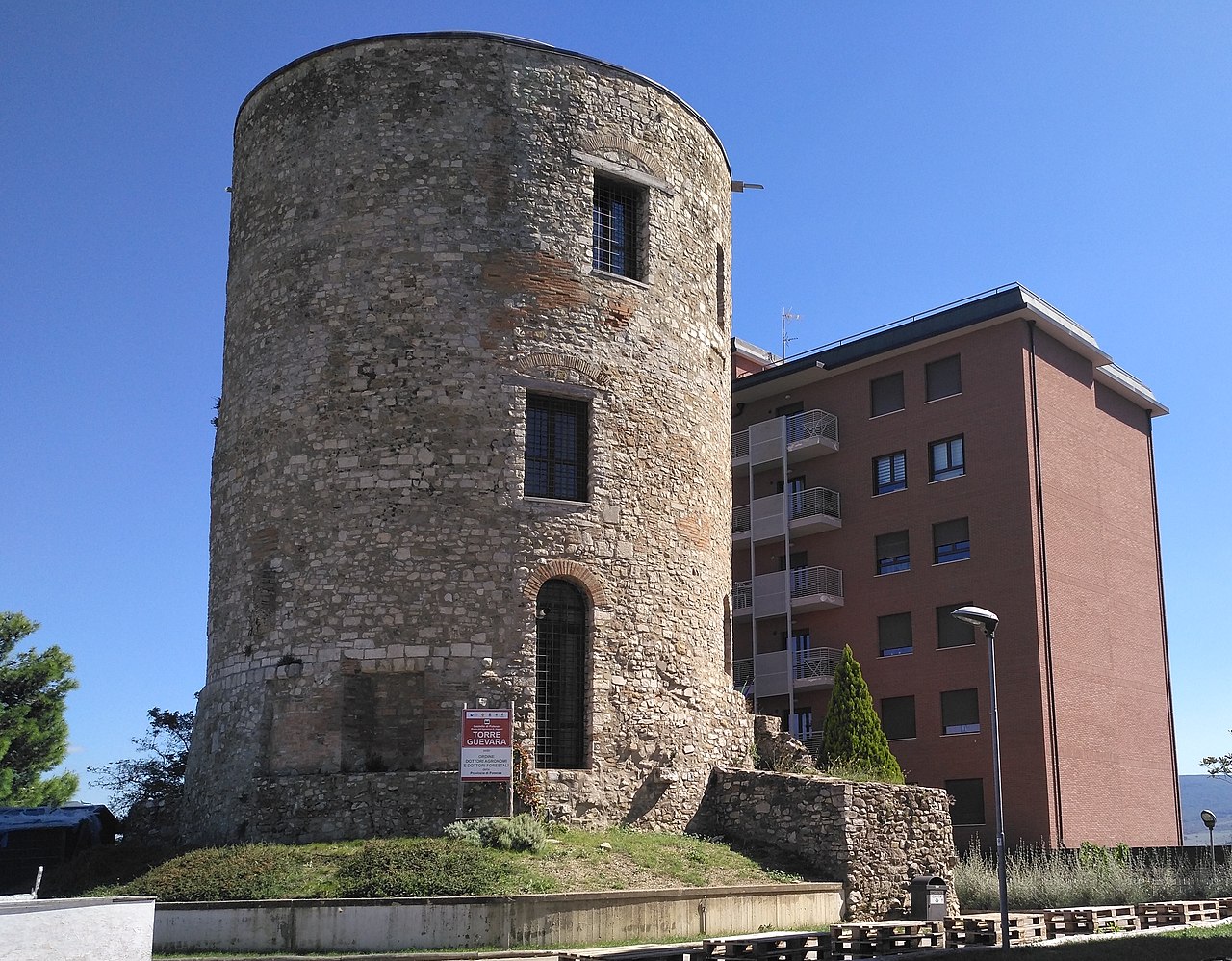
The Guevara tower, one of the symbols of Potenza
This tower is the only thing left of a old Lombard castle built around the year one thousand and demolished in the middle of the XNUMXth century. You will find it, precisely, at one of the ends of the Blessed Bonaventura Square. It has a circular shape and currently functions as a venue for cultural events.
On the other hand, three of the old gates that saved the walls and allowed access to the city are also preserved in Potenza. Are those of San Giovanni, San Luca and San Gerardo. But perhaps the bridges that cross the Basento River will be more curious to you.
Because the Musmeci It stands out for its peculiar avant-garde lines, especially if you take into account that it was built in the seventies of the last century. However, the most valuable bridge in Potenza is Saint Vitus's. It was built in Roman times, although it has undergone several restorations. It was part of the via herculea, which crossed the entire region of Lucania.
It is part of the archaeological remains of Latin times that you can see in Potenza. Next to the bridge, are the Roman villa of Malvaccaro, with its mosaics, and the call Lucana FactoryHowever, more artistic value have the palaces and stately homes of the Italian town.
The palaces of Potenza
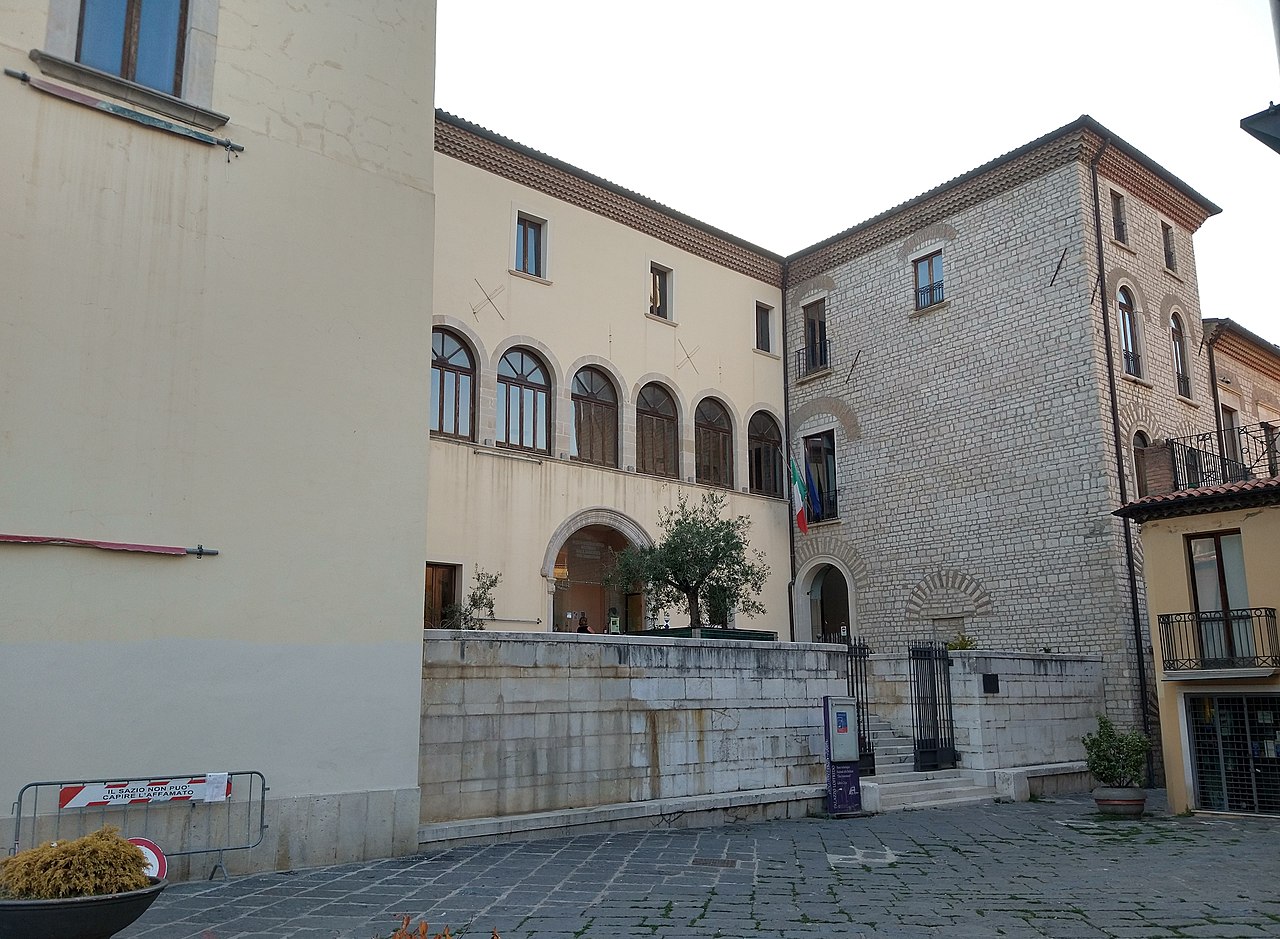
Loffredo Palace
There are many stately buildings in the city of Basilicata. Among them, the prefectural palace, built in the XNUMXth century according to the canons of Neoclassicism. They will also arouse your attention city palace, of the same century, and the one of the Fascio. Like the first, they respond to the neoclassical style and all were rebuilt after the earthquake that devastated the town in the mid-XNUMXth century.
Older are other palaces scattered around the old town of Potenza. From the fifteenth century is the Loffredo palaceWhile the Pignatari It was built in the XVI and those of Vescovile, Giuliani or Bonifacio They belong to the XNUMXth Instead, the Biscotti and Schiafarelli palaces They are from the XNUMXth century.
However, the oldest Bonis's, dated in the XII. You will see it next to the gate of San Giovanni and it was part of the defensive wall of the city. Finally, other Potenza palaces are Branca-Quagliano, Riviello or Marsico.
other monuments
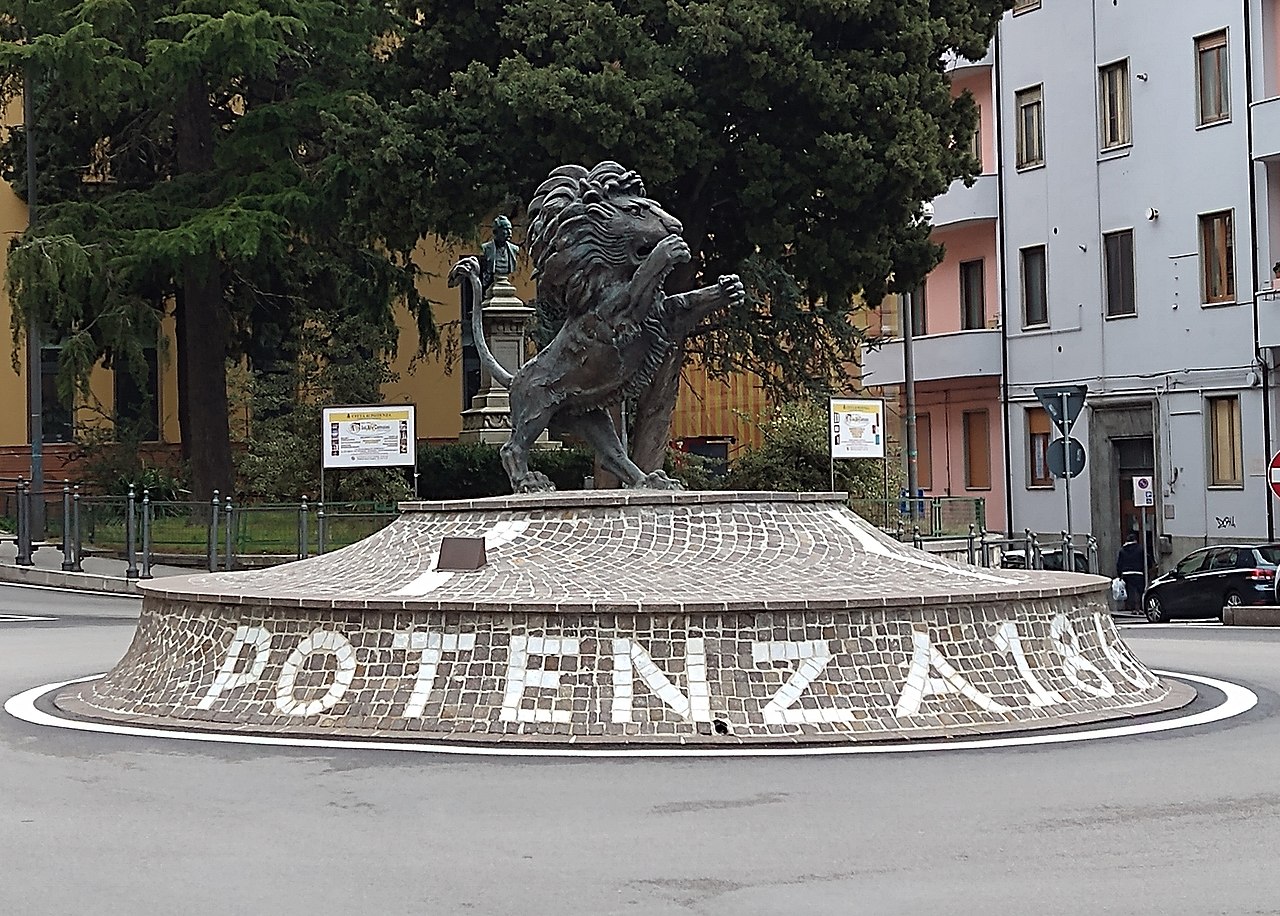
The statue of the Rampant Lion, another symbol, in this heraldic case, of Potenza
El Francesco Stabile theater It is a 1881th century neoclassical building that was inaugurated in XNUMX. It is the only lyrical building in all of Basilicata. To the same period belongs the temple of San Gerardo, work of sculptors Antonio and Michele Busciolano, which is located in Matteotti square.
In turn, the Monument to the Fallen of the First World War It was installed in 1925 and is the creation of the sculptor Giuseppe Garbati. And the Rampant Lion statue represents the heraldic symbol of the city. More curious is the Giant's Gate, a bronze work of antonio masini which recalls the reconstruction of the town after the 1980 earthquake. But our tour of Potenza would be incomplete if we did not tell you about other towns near Basilicata.
What to see around Potenza
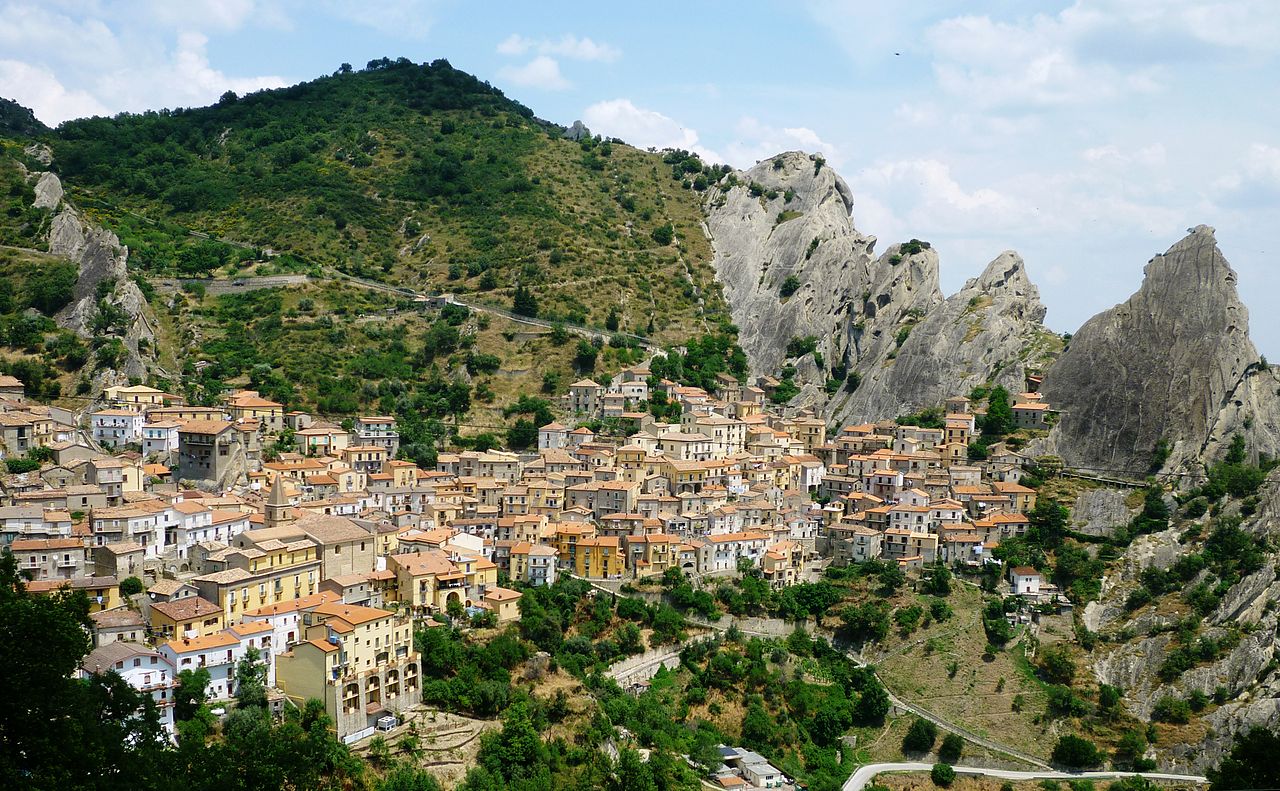
View of Castelmezzano
The Italian region of the Basilicata It has almost ten thousand square kilometers and encompasses a total of 131 municipalities. Its average altitude is about six hundred and fifty meters above sea level. But one of its main elevations is the mount vulture, an extinct volcano through which you can take magnificent hiking trails. Likewise, the region is subdivided into two provinces: that of Potenza and that of Matera.
Matera
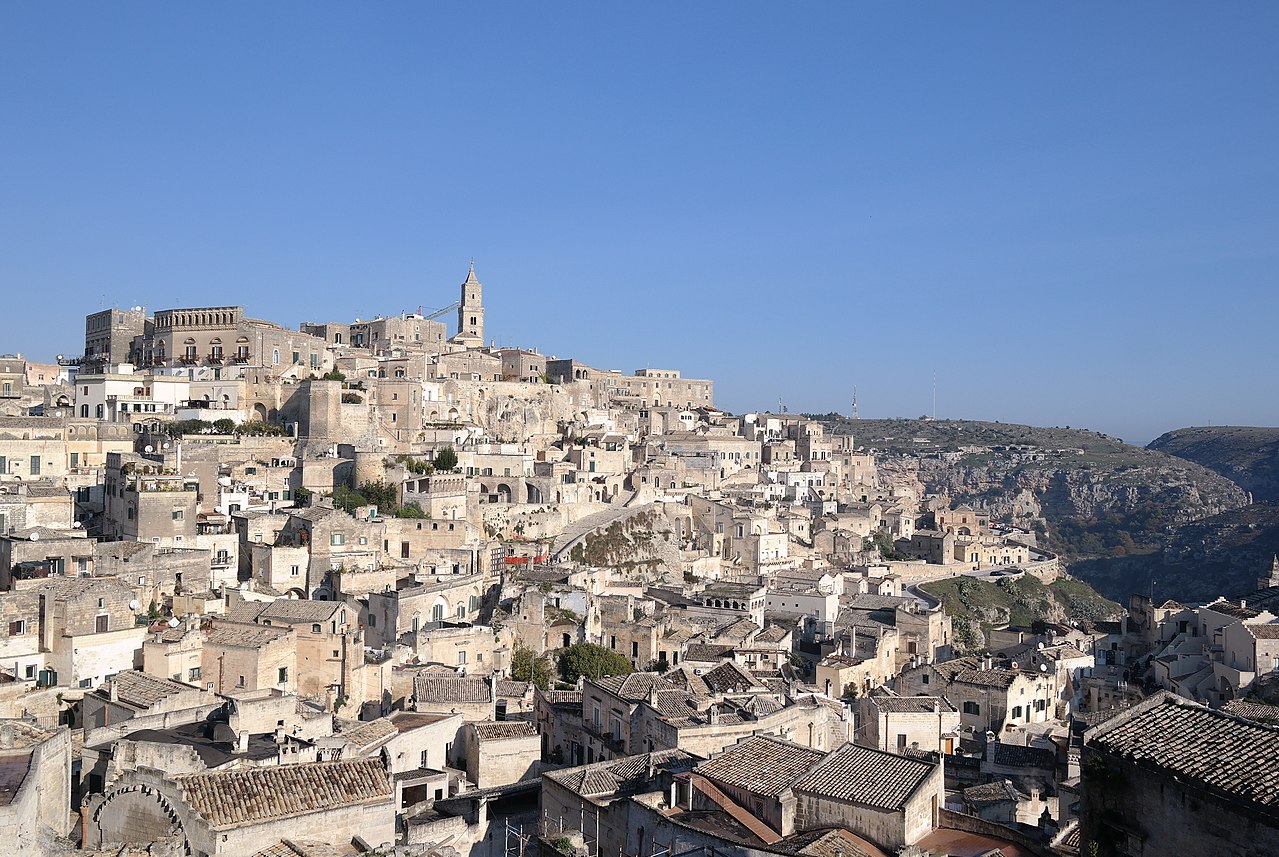
Matera
Precisely, the capital of the other province of Basilicata is also called Matera. It is a city of about two hundred thousand inhabitants that also has a lot to offer you. But the most amazing thing about her are the calls Sassi. It is a whole city excavated in the rocks of the hills from which the facades of the houses protrude. Likewise, it is completed by numerous underground labyrinths and caves.
On the other hand, you should also visit in Matera the tramontano castle, Aragonese style and built in the XNUMXth century. Also, they are pretty palaces such as the Lanfranchi, the Anunciata, the Bernardini or the Sedile. But the other great symbol of the city is Cathedral, built in the XNUMXth century at its highest point.
It is in the Romanesque style and, if it seems majestic on the outside, its interior is even more so, with spectacular rows of decorated arches. Finally, you can visit many other religious buildings in Matera. For example, the churches of San Juan Bautista, San Francisco de Asís or Santa ClaraAs well as convent of San Agustín, which is a national monument.
Castelmezzano and other charming towns

A street in Maratea, "the Pearl of the Tyrrhenian"
We have completely changed register to now talk to you about small towns in Basilicata that overflow with charm and magnetism. It is the case of Castelmezzano, a small town of barely seven hundred inhabitants framed by jagged cliffs. You must visit in it the Church of Santa Maria del Olmo, dated from the XNUMXth century, although it has undergone several restorations. Likewise, the chapels of San Marco, the Holy Sepulcher and Santa María Regina Coeli are very beautiful.
It is also a beautiful town rotondella, made up of houses that surround a hill. Among its outstanding monuments are the churches of Santa María de la Gracia and San Antonio de Padua; The tower of san severino and baronali palace, both from the XNUMXth century. But, above all, you can enjoy its wonderful natural environment, framed within the Bosco Pantano de Policoro reserve.
It has a very different character Metaponto. Its name will make you deduce that it was founded by the Greeks. And their main artistic constructions come from them. This is the case of the temple of Hera and other buildings. It is even said that Pythagoras lived there. For his part, in Melfi you have the magnificent cathedral of Santa María Asunta, but, above all, the remains of a Norman castle from the XNUMXth century. Finally, Maratea, called "the Pearl of the Tyrrhenian" for being bathed by the waters of this sea, is famous thanks to its churches, its sacred art and its caves.
In conclusion, we have shown you everything to see in Potenza and in its surroundings. Be sure to visit this beautiful town of Basilicata, which is about three hours from Roma already only two of Nápoles.